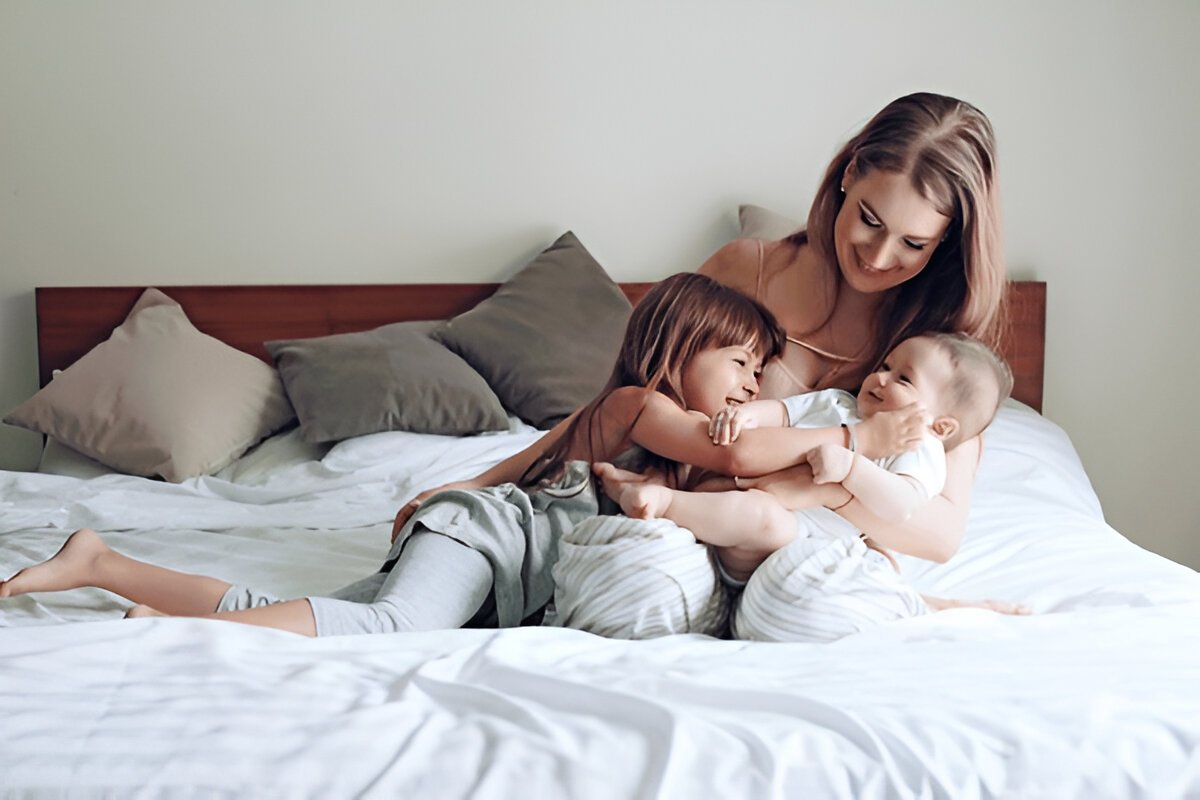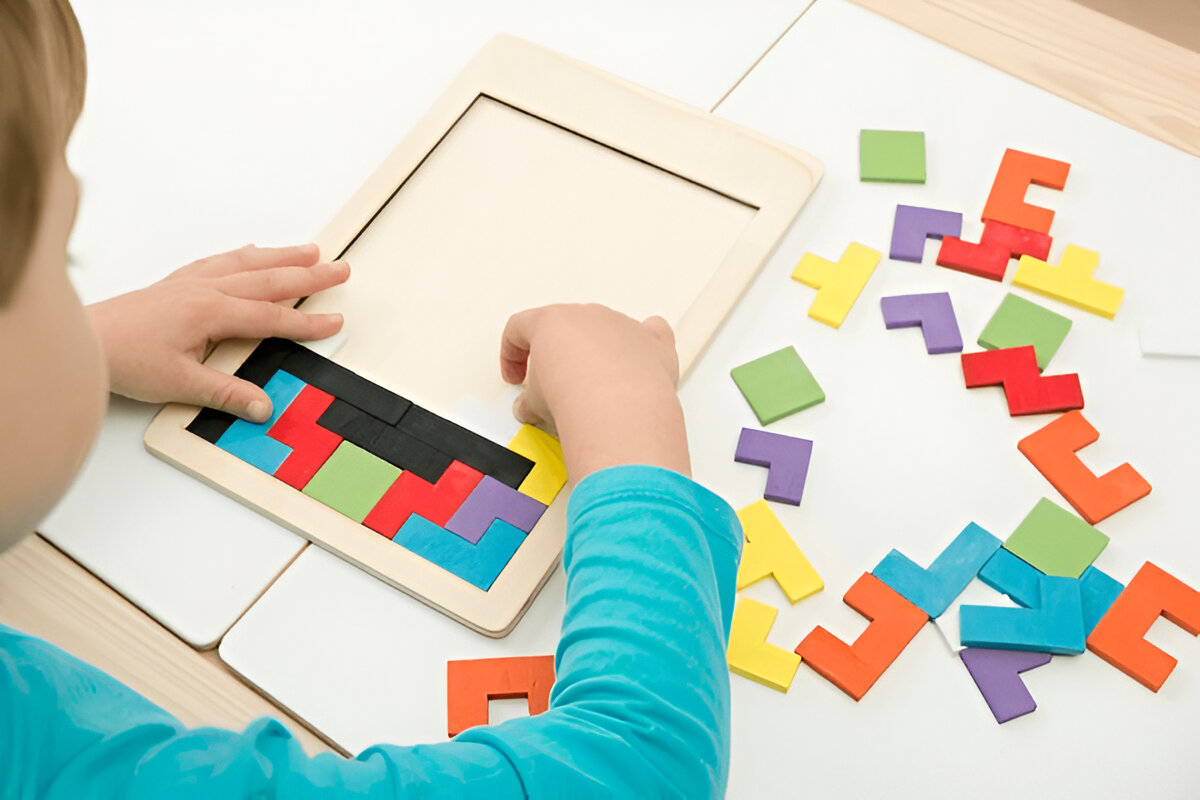Today i’ll tell you all a story about how i learned what Play Based Learning Activities really mean.
My living room, 4:37 PM yesterday, was transformed into a tangled mess of blankets, pillows, and a confused stuffed dinosaur. “It’s a volcano, Mama!” Riya my six year old yelled as she leapt to the highest point of cushion. Adi, my eight year old engineer was carefully arranging cushions around the base, muttering something about “lava flow diversion”.
And I’ll admit that my first thought was something like: for the love of tidiness and cleanliness. The blankets that were folded. The pillows that were fluffed. The utter chaos. And i was having none of it. I was not just going to lie there, and let them continue this madness and the urge to step in and offer them calm learning activities, direct them toward a book, or suggest they complete a worksheet was a very real and strong pulsing sensation just beneath my skin.
We exist in a culture that has taught us learning feels synonymous with silence, the absence of movement, and the right answer on a piece of paper, doesn’t it?
But, I took a breather. I paused. And really watched. Riya wasn’t just bouncing, but testing balance, yelling, “Eruption!” with the purposed meaning of a story and a specific plot. Adi was not simply stacking cushions, but he was problem-solving, creating a perimeter, predicting how the “lava” would spill. And in that moment of chaos, of summiting the couch, the quiet truth I have been slowly, painstakingly discovering and realizing as a parent came back to me with the force of a small and joyous earthquake: this, this right here, is the essence of play based learning activities.
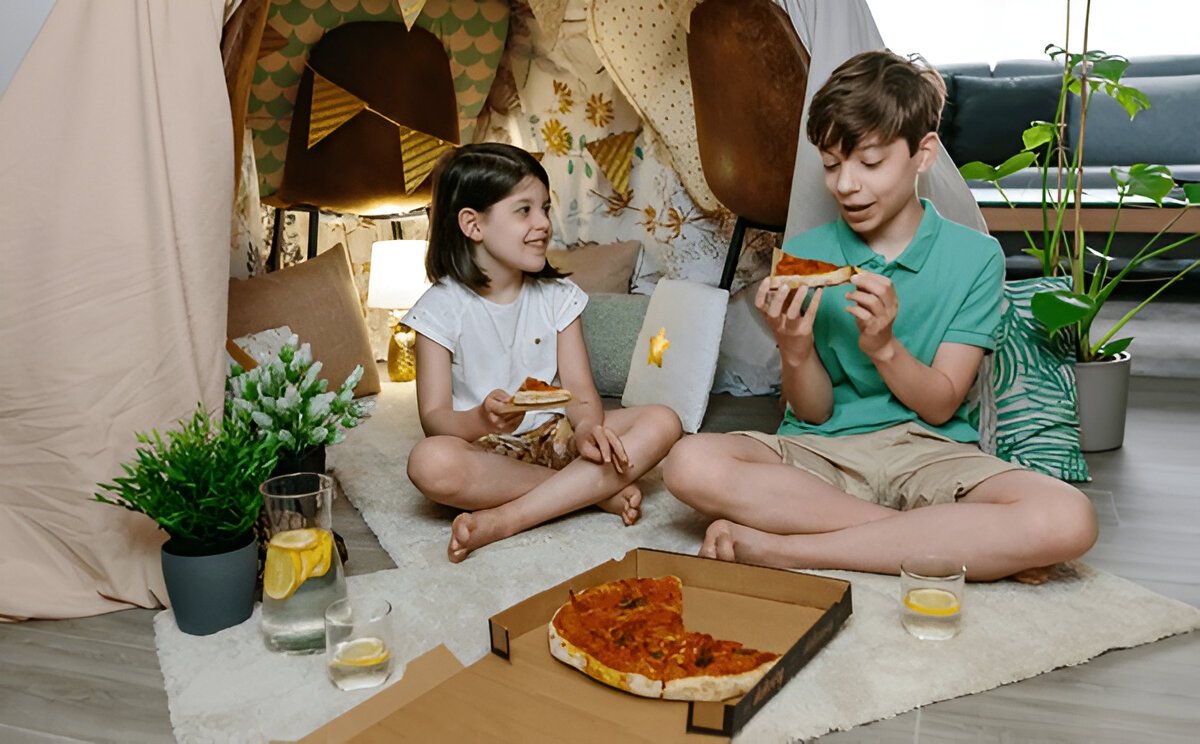
Beyond the Tidy Classroom: Why Play and Learning Activities are Their Most Profound Teacher
We’re conditioned, aren’t we? To think education happens in neat little boxes, at desks, with specific instructions. And for a long time, even with all the books I’d read, a part of me still gnawed, “Are they really learning if it’s just play?” It’s a subtle anxiety, this societal pressure to maximize potential, to ensure our kids aren’t behind. But the more I lean into the beautiful chaos of our everyday life, the more profoundly I understand why play based learning is important. It’s not just a break from learning; it is the learning.
When Riya was that fearless volcano climber. She was, in her own brilliant way:
The Power of Play-Based Learning Activities: Riya’s Volcano Adventure
✨ Riya’s Fearless Climb: A Perfect Example of Play-Based Learning Activities
When Riya was that fearless volcano climber, she was, in her own brilliant way, engaged in powerful play-based learning activities that fostered vital developmental milestones:
🤸♀️ Mastering Body Awareness: Gross Motor Skill Development
She was Mastering body awareness: “How high can I jump? How do I land safely?” It’s gross motor skill development in its most raw form. These are crucial aspects of play-based learning activities, allowing children to understand and control their physical movements.
😊 Developing Emotional Regulation: Managing Big Feelings
She was Developing emotional regulation: The sheer thrill of the “eruption” mixed with the mild risk of tumbling, that’s how they learn managing big feelings. This spontaneous process of navigating emotions is a key benefit of engaging in genuine play-based learning activities.
💬 Building Narrative and Language: Storytelling in Action
She was Building narrative and language: Her shouts of “Eruption!” and her dramatic “rescue” of the dinosaur were pure storytelling, expanding her vocabulary and her understanding of sequence. These rich, self-directed narratives are central to effective play-based learning activities and significantly boost communication skills.
🌱 The Holistic Benefits of Play-Based Learning Activities
Riya’s simple act of play exemplifies how much children learn when given the freedom to explore. Play-based learning activities are not just about fun; they are fundamental to holistic child development, nurturing physical, emotional, and cognitive growth in an integrated way.
This isn’t just theory, mind you. This is what I see, every single day, unfolding in our little corner of the world. These are the pillars of play based learning in early childhood education and it’s a holistic approach that nurtures every facet of a child, not just the academic ones. It’s about letting them be the chief scientists and lead architects of their own understanding.
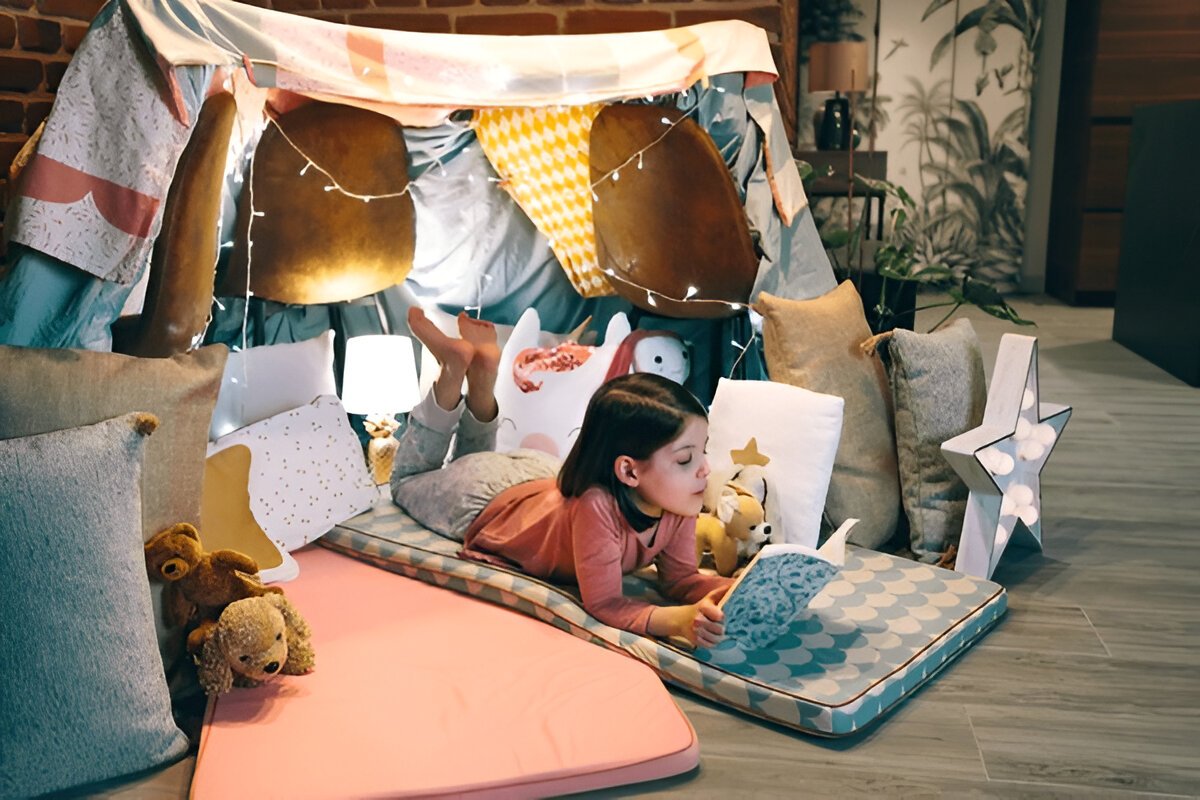
The Surprising Advantages of Just Letting Them Be
And what about Adi, my careful, calculating Adi? His “lava diversion” project on the floor was a something unique in play based learning advantages. It wasn’t formal geometry, no, but it was hands-on, deeply invested problem-solving:
🧠 Spatial Reasoning & Early Physics through Play
Through engaging in play-based learning activities, a child might be figuring out angles, gravity, and how to create a barrier. Imagine them repositioning cushions, testing their stability, and mumbling about flow. All are fundamental concepts they are absorbing not from a lesson, but from the urgent necessity of saving a favorite dinosaur from imaginary lava. These are excellent examples of play-based learning activities in action, building real-world understanding.
💡 Critical Thinking & Adaptability in Play
When their first “dam” wasn’t quite right during these play-based learning activities, did they give up? No. They analyzed, adjusted, and tried a new approach. That resilience, that willingness to iterate and learn from what didn’t work, is a superpower far beyond memorizing facts. Such problem-solving is a core benefit of incorporating play-based learning activities into their day.
🤝 Collaboration & Negotiation (When They’re Not Fighting!)
Believe me, it’s not always harmonious. But moments like these, where they share a common goal (even if it’s protecting a toy from a pretend lava flow), are rich with lessons in communication, turn-taking, and compromise. Sometimes, the most important learning happens when they have to figure out how to work together, even if it’s for something as wild as a cushion volcano. These collaborative play-based learning activities are invaluable for social development.
Embrace the power of play – it’s where true learning unfolds!
I used to spend precious energy trying to curate play based learning activities. Now I try to just see the education in the everyday. The mud pies made in the backyard are chemistry experiments. The fort under the dining table is an engineering marvel. The endless questions are sparks of pure curiosity.
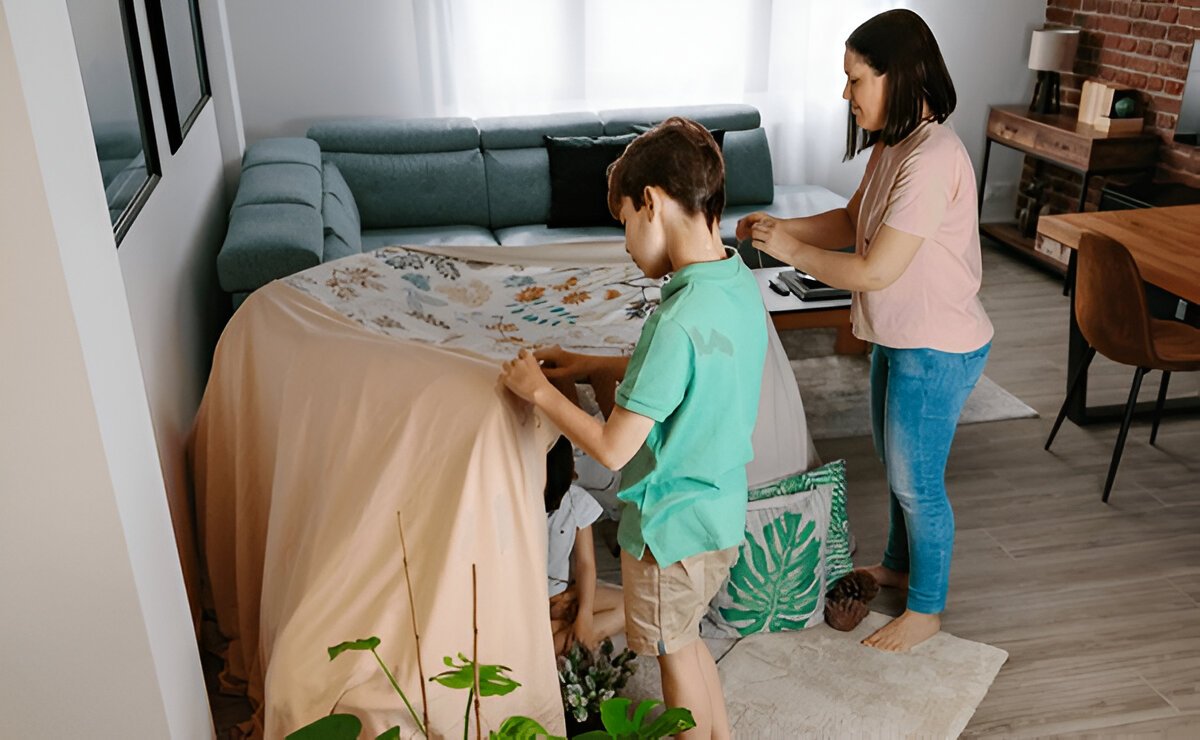
From Our Living Room to Yours: Simple Ways to Embrace the Messy Magic of Play, Learning and Activities.
So, if your house also sometimes feels like a tornado just passed through. Those play based learning activities are doing more than you realize. You don’t need a Montessori classroom or a house full of expensive gadgets to tap into this power. The best “tools” are often already right under our noses:
Discover Engaging Play-Based Learning Activities!
📦 The Power of the Empty Box
Learning Focus: Creativity, Imagination, Problem-Solving
Materials Needed: Giant cardboard box
Benefit: Open-ended play, adaptable to any scenario (car, house, rocket)
💧 Water, Scoops, & Sponges
Learning Focus: Sensory Exploration, Math (Volume), Science (Sinking/Floating)
Materials Needed: Basin of water, cups, sponges
Benefit: Hands-on discovery of scientific and mathematical concepts
🍃 Nature’s Treasures
Learning Focus: Imagination, Scientific Observation, Storytelling
Materials Needed: Sticks, leaves, stones, backyard finds
Benefit: Build miniature worlds, foster appreciation for nature
🧑🍳 “Helping” in the Kitchen
Learning Focus: Early Math (Measuring), Sequencing, Cause & Effect Science
Materials Needed: Kitchen ingredients (flour, water), measuring cups
Benefit: Practical application of math and science, develops life skills
The shift for me has been from directing their play to simply creating space for it. It’s about letting go of some control, trusting their innate drive to explore, and accepting that learning doesn’t always look clean or quiet. It often looks like a couch-turned-volcano, complete with giggles and imaginary lava.
And what a beautiful thing that is. To watch them, unburdened by expectations, simply being and, in doing so, growing in ways we can barely fathom.
So, tell me, fellow parents: What’s the most glorious, chaotic, and unexpected learning moment you’ve witnessed in your own home lately? I’d love to hear about the “messes” that have taught you the most. Check out Kinzy Club Blogs for more such helpful articles.
Also do check our Kinzy App to create fun memorable stories through our advanced Ai assistant with your kids.


